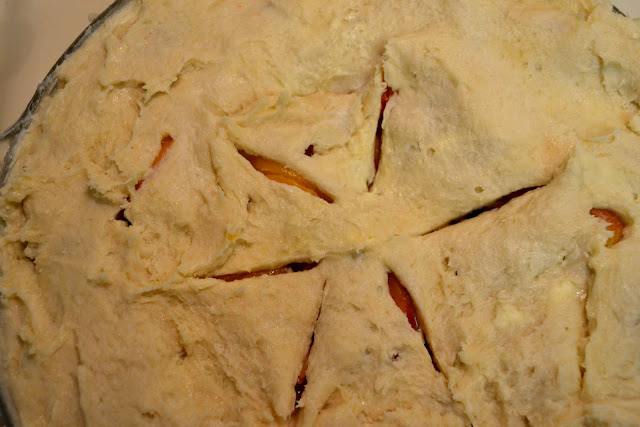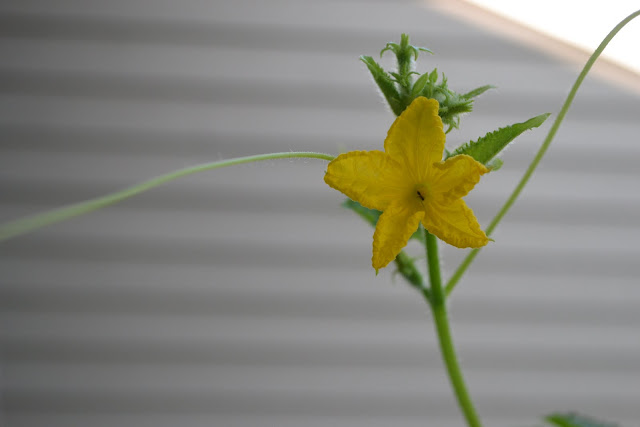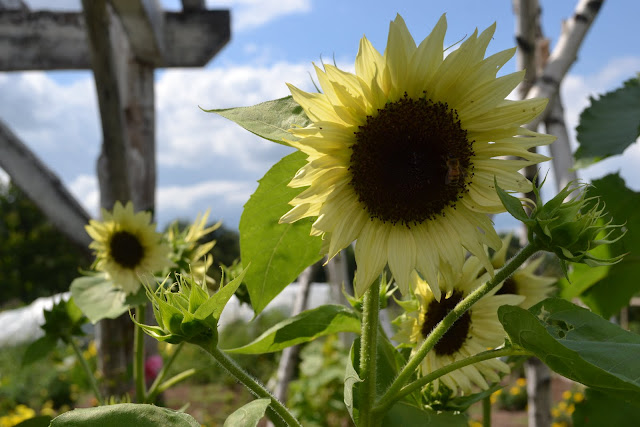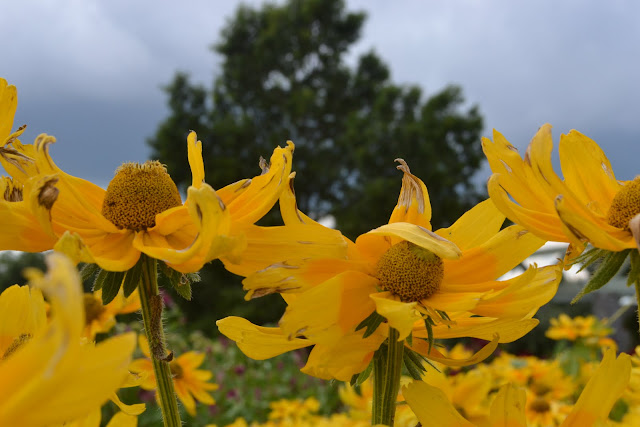Besides finding the
perfect chocolate chip cookie, I am also looking for the perfect pie crust.
 |
| f/6.3, 1/40, ISO 1600 |
Yes, that's Crisco above.
Yes, I used Crisco in my pie crust.
It is the only way to make the crust flakey.
Don't be afraid of Crisco.
When I actually follow a recipe I usually get a good result. Not this Cook's Illustrated pie recipe.
Yes, I make mistakes. Sometimes.
Let's just say this crust got a little out of hand.
 |
| f/6.3, 1/40, ISO 1600 |
The reason I picked this recipe because its got many good reviews from foodies on the web. Also, this recipes calls for vodka.
Yes, vodka.
 |
| f/6.3, 1/40, ISO 1600 |
I used "tree ripened peaches" (that's what the farm stand claims) for my pie.
 |
| f/6.3, 1/20, ISO 1600 |
When I mixed all the pie crust ingredients together, the texture was like when you add a gallon of water into silly putty. Gooey, sticky, and a pain in the butt. I refrigerated the pie crust disks and rolled them out the next day. It was still gooey, sticky, and a bigger pain in the butt. Big disaster!
 |
| f/6.3, 1/30, ISO 1600 |
Not only did the dough got stuck to my counter, but also all over my hands. Note to all: always roll the dough between parchment sheets. I used Saran wrap then tried to peel the crust away from it. After thirty minutes of struggle, I managed to get this silly-putty-like-crust into the pie pan. Not to mention I did not get images of any of this.
 |
| f/5, 1/40, ISO 1600 |
You see how gooey the crust is?
 |
| f/5, 1/80, ISO 1600 |
Forty minutes later, the pie actually turned out flaky and yummlious. Jake even commented on how good the crust is. My kitchen nightmare turned out to be one of the best pie recipe I used. Manual power (pastry blender) and instead of using the food processor might help a little. I think the dough will still be sticky no matter what because the amount of liquid added.
'Till next time, apple pie.
 |
| f/5, 1/80, ISO 1600 |
Cook's Illustrated Pie Crust (makes one 9-inch double crust)
2 1/2 cups (12 1/2 ounces) unbleached all-purpose flour
1 teaspoon table salt
2 tablespoons sugar
12 tablespoons (1 1/2 sticks) cold unsalted butter, cut into 1/4-inch slices
1/2 cup cold vegetable shortening, cut into 4 pieces
1/4 cup cold vodka
1/4 cup cold water
1. Process 1 1/2 cups flour, salt, and sugar in food processor until combined, about 2 one-second pulses. Add butter and shortening and process until homogeneous dough just starts to collect in uneven clumps, about 15 seconds (dough will resemble cottage cheese curds and there should be no uncoated flour). Scrape bowl with rubber spatula and redistribute dough evenly around processor blade. Add remaining cup flour and pulse until mixture is evenly distributed around bowl and mass of dough has been broken up, 4 to 6 quick pulses. Empty mixture into medium bowl.
2. Sprinkle vodka and water over mixture. With rubber spatula, use folding motion to mix, pressing down on dough until dough is slightly tacky and sticks together. Divide dough into two even balls and flatten each into 4-inch disk. Wrap each in plastic wrap and refrigerate at least 45 minutes or up to 2 days.
Update (3/1/2012): I use a pastry blender to combine cold butter, shortening, and flour in a large mixing bowl. Cut butter and shortening into small pieces first before adding into flour. The food processor method always yields really sticky dough. The pastry blender method gives pea-size clumps.
 |
| f/5, 1/40, ISO 1600 |





















































